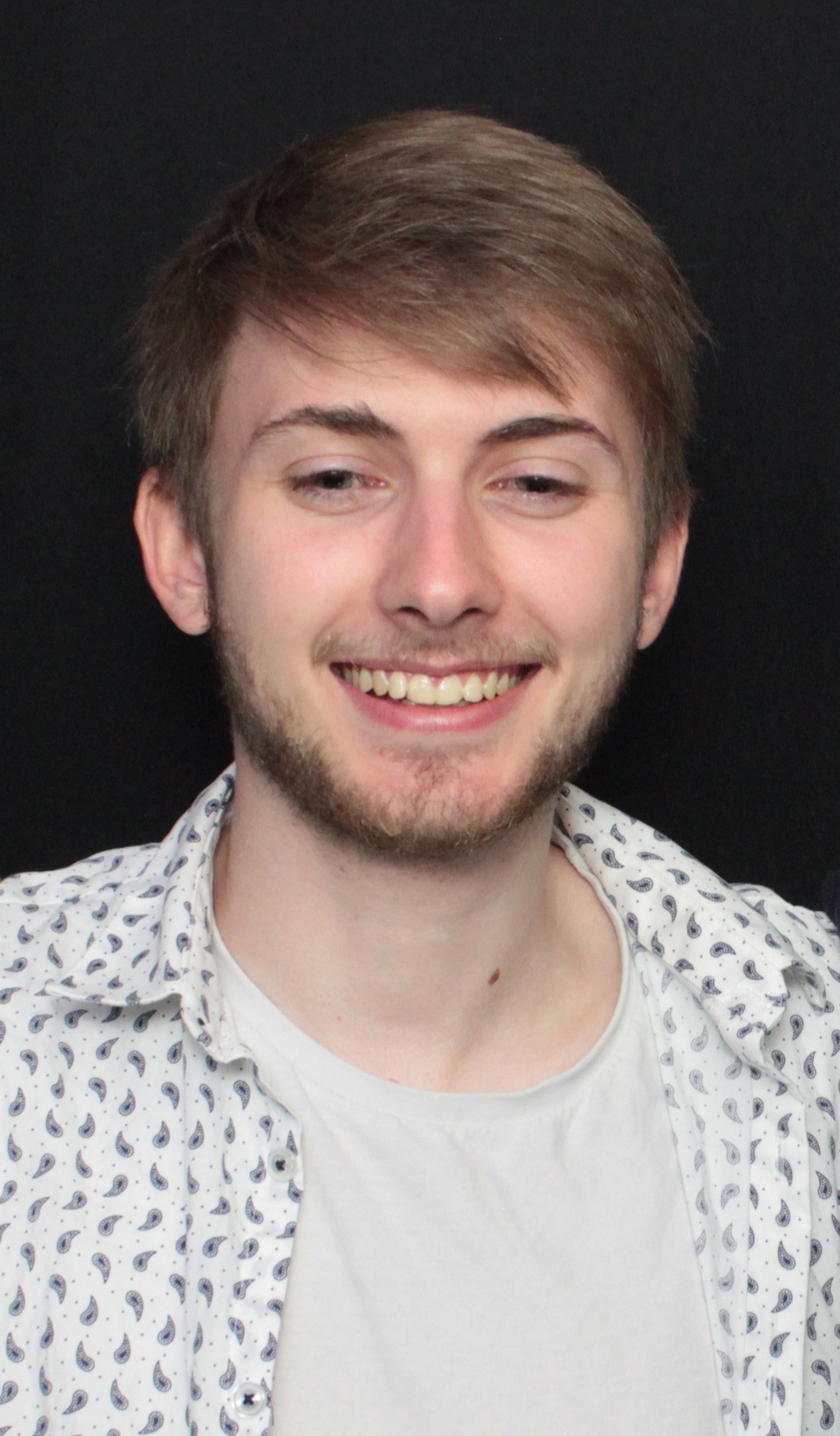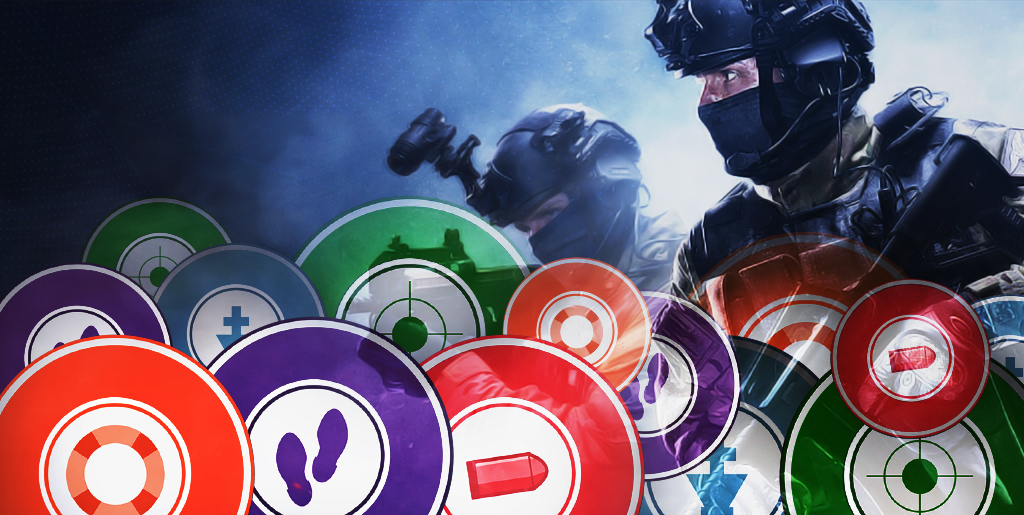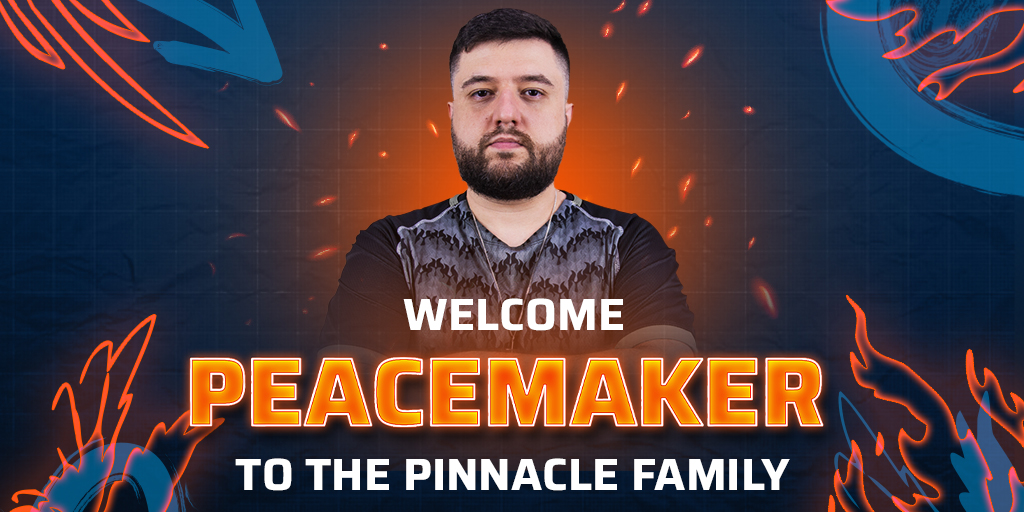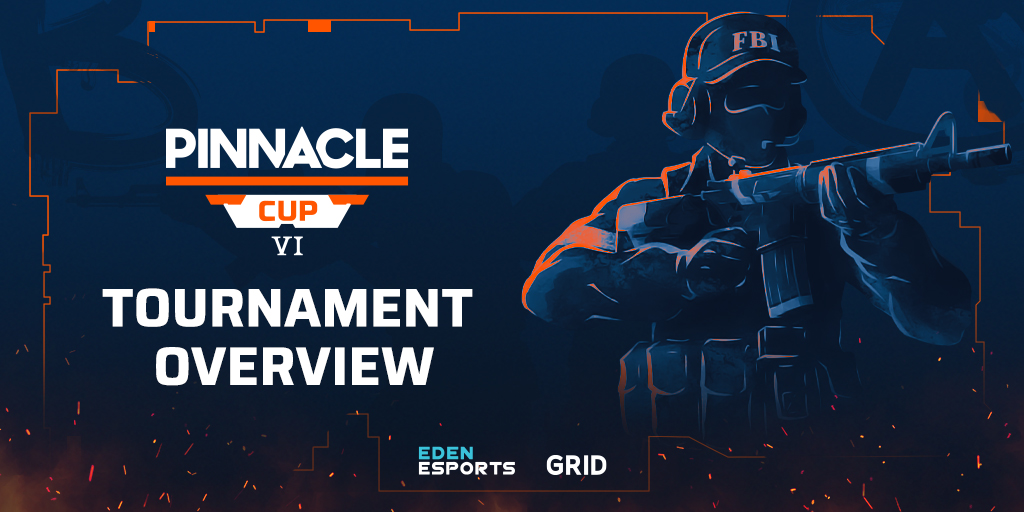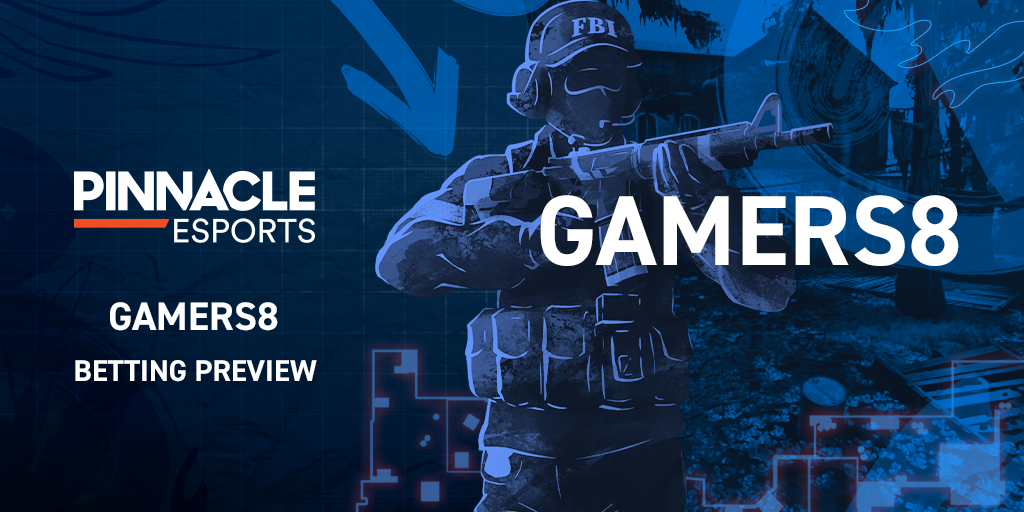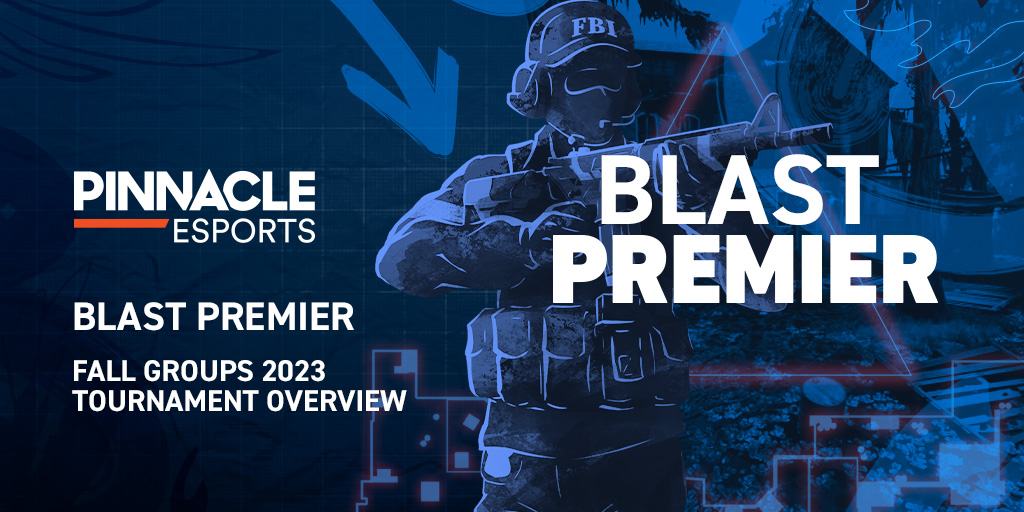Understanding your ideal CS:GO role can be tricky - using an AWP (as an AWPer) isn’t for everybody and neither is being the In-Game Leader. Over the years, CS:GO has developed a competitive community that has created primary roles within a competitive line-up, and we are going to break down those roles in simple terms.
CS:GO roles: The basics

Counter-Strike: Global Offensive is a team-based first-person shooter (FPS) game that requires a mechanical and strategic edge over the enemy team. A team needs five expert individuals who excel in various aspects of the game. Each role requires particular skills. If they can master these, they’ll be sure to help their team rise to the top of the HLTV World Rankings.
In CS:GO and Counter-Strike 2 (CS2), there are five core roles that are taken on by the five individuals that make up a team. These roles are commonly known as the In-Game Leader (IGL), Entry Fragger, Support, AWPer, and Lurker (often also referred to as the Rifler). Although these five roles are what you see on your screen when viewing a professional game, credit needs to be given to the coaches, managers, sports psychologists, and other members of staff that assist a team behind the scenes. The performance of the players would not be anywhere near the level we see today without those additional staff.
We’ll be looking at each of the roles to help you gain an understanding of exactly what they do. We want to assist you in seeing what role fits your playstyle and hope it will bring improvements to your game or help your understanding when watching professional CS:GO matches.
What are the different CS:GO roles?
In-Game Leader (IGL)
The IGL, as it states in the name, is the leader. Every round in Counter-Strike brings new challenges and the IGL has to come up with ideas to conquer them!
An expert IGL knows his players and their strengths. FaZe Clan are a prime example of a team with an IGL who knows exactly what his players are capable of. Finn "karrigan" Andersen has been on the professional scene since the original Counter-Strike and has carried his knowledge into Counter-Strike: Global Offensive.
In FaZe Clan, he is working with four players who slot perfectly into their own roles and “karrigan” gives them the positions and space, across each map, to be able to give 100% of their ability. An experienced IGL will know how to move his team around the map as if they are chess pieces looking for a checkmate.
It is important to note that the IGL isn’t going to be topping the scoreboards. Just beware you don’t perform too poorly, though, or you may get the Rasmus "HooXi" Nielsen treatment from Twitch followers. As of late, teams have become smarter in the way they approach CS:GO – probably due to the era of Astralis dominance. This means an IGL has even more responsibility than they had previously. Their brain is working throughout every second of the game, thinking about the previous, current, and next round.
This is especially important regarding mid-round calling. Mid-round calling takes place around 30-40 seconds into a round or when a player (or several) has made an impact around the map. This is where the IGL must begin to think on the fly and react to a multitude of scenarios the enemy team will perform.
If you see yourself as a natural-born leader or someone with big ideas and the courage to direct your team to victory, this is the role for you. Some of the smartest players in CS:GO reside in this role. Our recommendations to watch, if you want to become a great IGL, are Finn "karrigan" Andersen, Dzhami "Jame" Ali, Lukas "gla1ve" Rossander, Nicholas "nitr0" Cannella, and Aleksi "Aleksib" Virolainen. These are some of the smartest players currently competing at the top level and all have unique styles of calling.
Entry Fragger
The Entry Fragger, commonly referred to as just the Entry, is the first person to enter the bombsite on the Terrorist side. His role is to look for the opening kill with the assistance of the Support player.
Entry Fraggers usually have exceptional aim that allows them to move quickly and maintain extreme precision. Aspects of the game, like crosshair placement and pre-aiming, are vital to the success of an Entry Fragger. It requires a lot of confidence to play this role effectively as you’ll need to believe you can win every gunfight you participate in.
Not only does it require confidence but also a sense of sacrifice. As the Entry Fragger, you may be pushed into situations that are more aggressive than usual in order to be put in an ideal situation to be traded. As a result, your kill-to-death ratio (K/D) won’t always match the impact you are having on the game in hand.
Someone who excelled in this role was Adam "friberg" Friberg, the “King of Banana”. During the era when Ninjas in Pyjamas were most dominant, “friberg” was the one opening bombsites. An entry kill from “friberg” would be enough for him to go on and win rounds for his team. As the Entry Fragger, “friberg” was never the star of NiP, but he was vital to the team’s success.
Even if his rating was down, his impact would shine through. So, if you feel you have the confidence to play this role, don’t let it be knocked down by your low score if you are helping your team have success gaining control of a bombsite.
A player who excels at this role in today’s era of CS:GO is Mareks "YEKINDAR" Gaļinskis. He has some of the best opening kill stats in the game and by quite some margin. “YEKINDAR” is a player with extreme confidence due to his knowledge of the game and this, combined with his mechanical ability, has led him to become a force to be reckoned with. As such a young player, he is one to watch. Our other suggestions to look at if you want to become an Entry Fragger are Nikola "NiKo" Kovač, Ludvig "Brollan" Brolin, Håvard "rain" Nygaard, and Andrei "arT" Piovezan.
Support
The Support player is the utility expert who is always there to pick up trade kills for the Entry Fragger. A good memory is required for this role as you’ll need to know a vast amount of utility line-ups.
CS:GO post-2020 has introduced a lot of different ways to utilise the Support player. It is very common to see the IGL take on most of the Support role, or at least the more traditional aspects of it. Players like Nicholas "nitr0" Cannella and Max "MiGHTYMAX" Heath are both IGLs who perform a lot of the supportive elements in a team. This can be quite useful in getting the most out of your other four players as you can perform the role in the exact way you’d like to.
There are seven maps in CS:GO and it will be your job to know the utility for all of them. Whether it’s six different ways to smoke a window on Mirage or 10 different flashbangs to pop you out of a monster on Overpass, it’ll be your job to get a lot of this utility out across the map. If you can effectively use utility, then your Entry Fragger will have a higher entry success rate. However, it isn’t just utility knowledge you need to assist your Entry Fragger. You also must be great at spacing so you can push with your Entry Fragger to get effective trade kills. This is a skill that will take some time to master but will improve your Terrorist-side performance tenfold.
There are many good Support players with different styles in the way they play the role. Our recommendations to watch are Timofey "interz" Yakushin, Ilya "Perfecto" Zalutskiy, Russel "Twistzz" Van Dulken, Rasmus "sjuush" Beck, and Patrick "es3tag" Hansen.
AWPer
The AWPer is a team’s Sniper and commonly the star player. This role requires a great amount of skill with the AWP and patience to hold tight angles. It is also common for many teams to have a secondary AWPer when the economy of a team is strong enough.
The AWP role is different from any other role in the game due to it being dedicated to one gun. Although, some of the best AWPers are also some of the best riflers. The training an AWPer undertakes may be different from that of the other four rifling roles, though, and for good reason. Using the big green gun is a skill that doesn’t come easy. You must have fast reaction times and a keen game sense. Many who play this role will default into a position, usually the middle of the map, and take a fight at the beginning of the round. You must be quicker than the enemy AWPer or you’ll be spending a lot of rounds watching your teammates play.
Another trait of a good AWPer is being a good pistol player. In most situations where you have an AWP, you will be upgrading your secondary weapon. It is vital to be quick on the draw with a P250, Tec-9, or Desert Eagle when the enemy team decide it’s time to rush the position you’re playing. Being rushed as an AWPer is quite common so you’ll want to pair your sniper skills with nerves of steel in those tough situations.
AWPers are either passive or aggressive. Passive AWP play consists of holding angles that give you an advantage and waiting for the enemies to approach you. Aggressive AWP play is when you go looking for fights and take up positions closer to the enemy than they may be expecting. Both are viable styles but most teams adopt the aggressive style.
Our list of AWPers that we recommend you watch if you want to become an expert are Oleksandr "s1mple" Kostyliev, Mathieu "ZywOo" Herbaut, Nicolai "dev1ce" Reedtz, Dmitriy "sh1ro" Sokolov, and Abdulkhalik "degster" Gasanov.
Lurker
The Lurker, often known simply as the Rifler, is the final piece of the team’s puzzle. They are generally a nuisance who adopt positions away from the rest of their team to create space and gather information. If you’ve ever been frustrated asking “why is that guy still on A? His team are on B!”, well that’s the Lurker!
Playing against a Lurker can be the most infuriating experience you’ll have in CS:GO. As a Lurker, your job is to move around parts of the map (usually on the opposite side from your team) to create space that the rest of your team can move into towards the end of the round. To be a Lurker you need to have great timing, incredible game sense, and the ability to be vocal when the time presents itself. Having a good rapport with the IGL will be vital in this role as you will be constantly feeding him information about the areas of the map only you will be playing in. Offering up ideas on what could work in upcoming rounds, based on the information you get, is also something you’ll be doing here.
Christopher "GeT_RiGhT" Alesund is famous for this role, and even though he’s now retired from professional play, we recommend you look at him. Having one of the most decorated careers of any player, we couldn’t mention this role without briefly talking about “GeT_RiGhT”.
As already mentioned, the Lurker is sometimes known as the Rifler. This is because many teams will use their fifth player as a Lurker and slot them into another role. This is extremely common in modern CS:GO and it can be known as the Second Entry. MOUZ are a team that adopt this approach. There are many teams that do still feature a heavy lurking presence and achieve great success from it. The players we would recommend if you want to become a fantastic Lurker are Robin "ropz" Kool, Lotan "Spinx" Giladi, Benjamin "blameF" Bremer, Evgeniy "FL1T" Lebedev, and Hampus "hampus" Poser.
